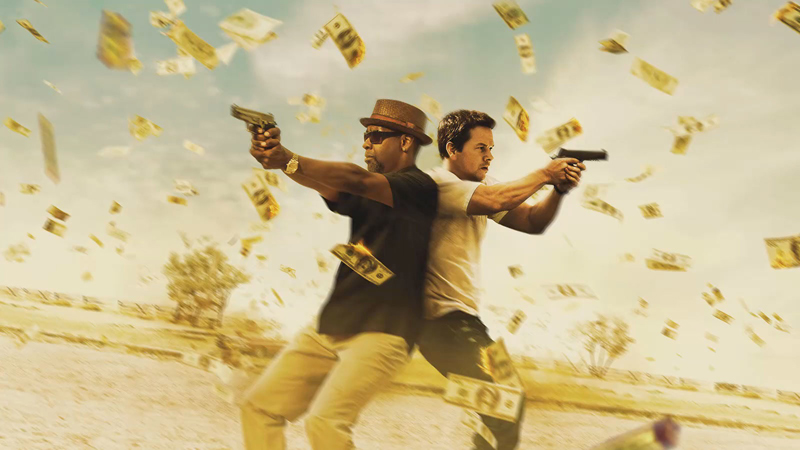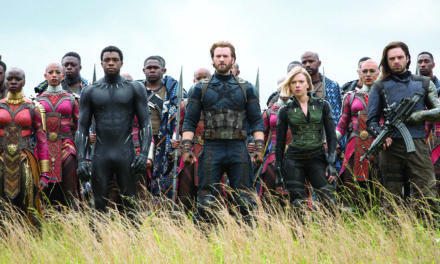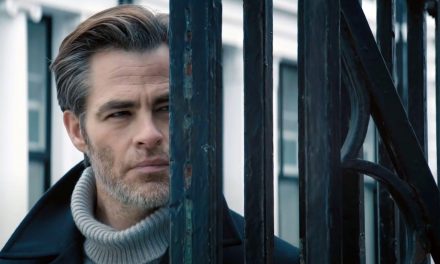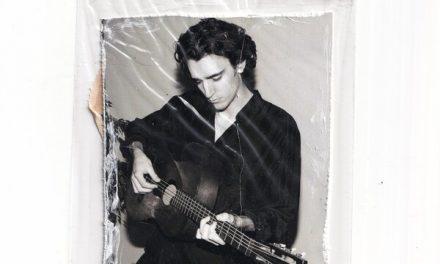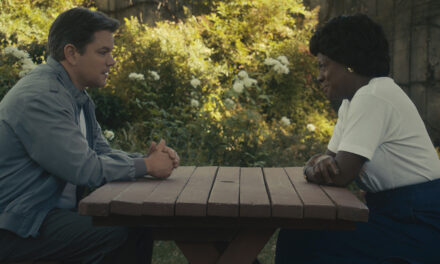A train rattles past a stopped car on a road to a modest Texas town, and we wait patiently as it passes to meet exactly who we’re expecting to meet in the front seat of the car: the duo we’ve devoted our night to, the duo we’ve spent 11 dollars on and the duo we’ve silenced our cell phones for: the titular “2 Guns” with Officer Stig Stigman (Mark Wahlberg, “The Fighter”), who winks to get what he wants, and Officer Bobby Trench (Denzel Washington), who wears his shades indoors. Together, the duo make a sum greater than its parts.
The bawdy pair of “2 Guns,” a film by Icelandic director Baltasar Kormákur, who only recently made the switch from offbeat international flicks to American action films such as last winter’s “Contraband” (also starring Wahlberg), centers around a plot to rob a bank of $3 million. This is the audience’s initial understanding of the plot – until it thickens.
As the duo sits in the diner (the one with the good donuts across from the bank), the viewer can tell through observing the duo’s banter and slightness of gestures that they’ve done this before, and we decide then and there that we’re in it with them and that we really want them to win.
It soon becomes clear that the duo we’ve decided to root for isn’t really a duo at all, but actually two individual undercover officers – Bobby, an agent from the DEA, and Stig, a naval intelligence officer – who are unsuspectingly running investigations on each other.
Together, they blindly get to the source of a corrupt plot mastered by CIA lunatic (Bill Paxton) and work, as Trench puts it, “in the same vicinity, in the same zip-code, but not together” to take down cartel head Papi Greco (Edward James Olmos) and make things fair.
“2 Guns” twists itself around and knots itself up a bit too much to make it a classic, but Kormákur holds true to the shoot-’em-up, don’t think too much, “straight man and the fool” form.
It’s based on the graphic novel series by Steven Grant, although that origin is hard to tell from just watching the film.
Graphics and pacing more closely derived from the comic books would have added a kind of depth and sophistication to the movie it otherwise lacked and would have made it something closer to art.
“2 Guns” relies on its two main characters for the meat rather than the effects and its quick dialogue for comedic value rather than physical absurdity.
It’s a relationship film more than an action one. Money is stolen and handled and smuggled, things explode and catch on fire but ultimately, we’re here to get to know these guys while they get to know each other.
And both Washington and Wahlberg are quite good at convincing us of it. About halfway through the movie, both men figure out that the other is undercover, and their boyish instincts take over and turn into a neck-and-neck car chase.
They finally get out of their trucks, step into the Texas desert and wrestle each other to the ground. Bobby then says to Stig, “All right, all right, on the count of three, we’ll let each other go.”
Neither lets go after they’ve counted, and they remain lying there on the ground hugging each other in what turns out to be the strongest scene in the film.
The film ends where it begins – in the diner – with Stig giving us the same line we hear from Bobby in the beginning: “You ever heard the saying, ‘Don’t rob the bank across from the diner that has the best donuts in 3 counties?'” but it doesn’t matter that it’s cliché.
The movie itself is a big, sprawling cliché, and consequently leaves little room for anything that could come off as too formulaic.
The film could have been even simpler, even more true to cartoon form and would have still accomplished its goal of giving the audience a lot of stuff to watch and not too much to think about.
It’s an appealing film and nothing more. There are no politics or symbolism or scenes that make you want to run your hands through your hair and think about where you went wrong. Kormákur took a graphic novel and gave us dimension without headache.
– By Ellie Kahn
Photo courtesy of Universal Studios
The Emory Wheel was founded in 1919 and is currently the only independent, student-run newspaper of Emory University. The Wheel publishes weekly on Wednesdays during the academic year, except during University holidays and scheduled publication intermissions.
The Wheel is financially and editorially independent from the University. All of its content is generated by the Wheel’s more than 100 student staff members and contributing writers, and its printing costs are covered by profits from self-generated advertising sales.

